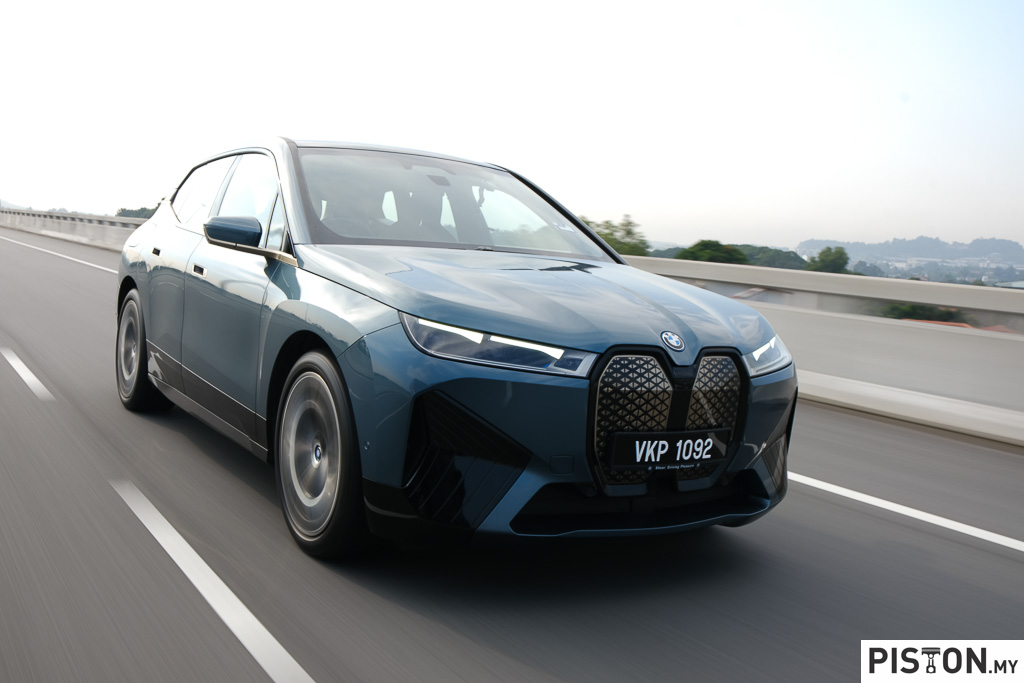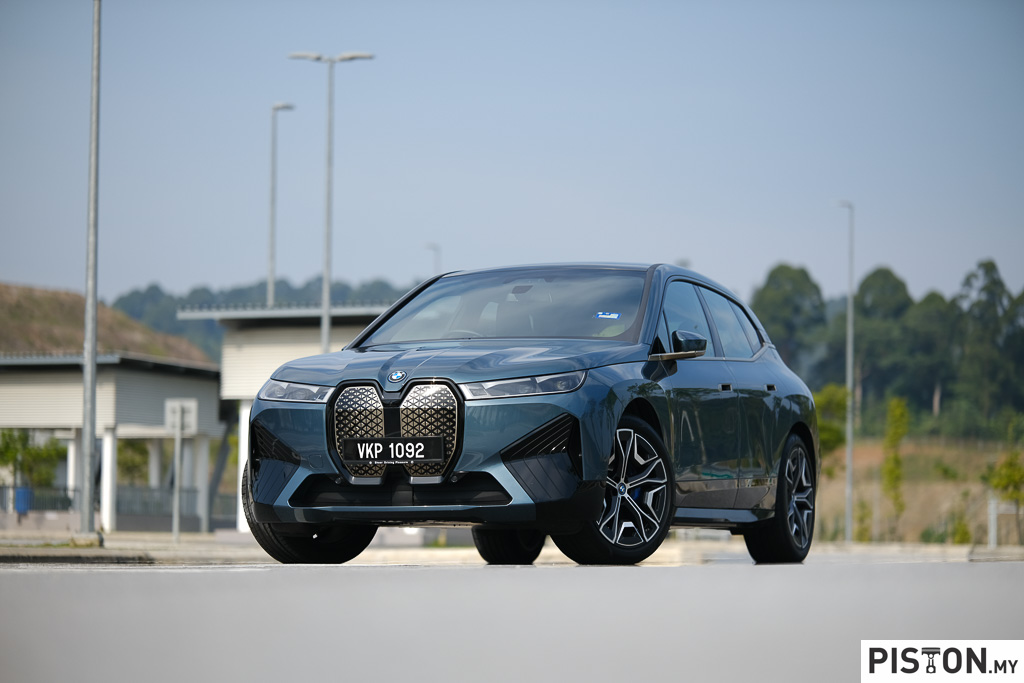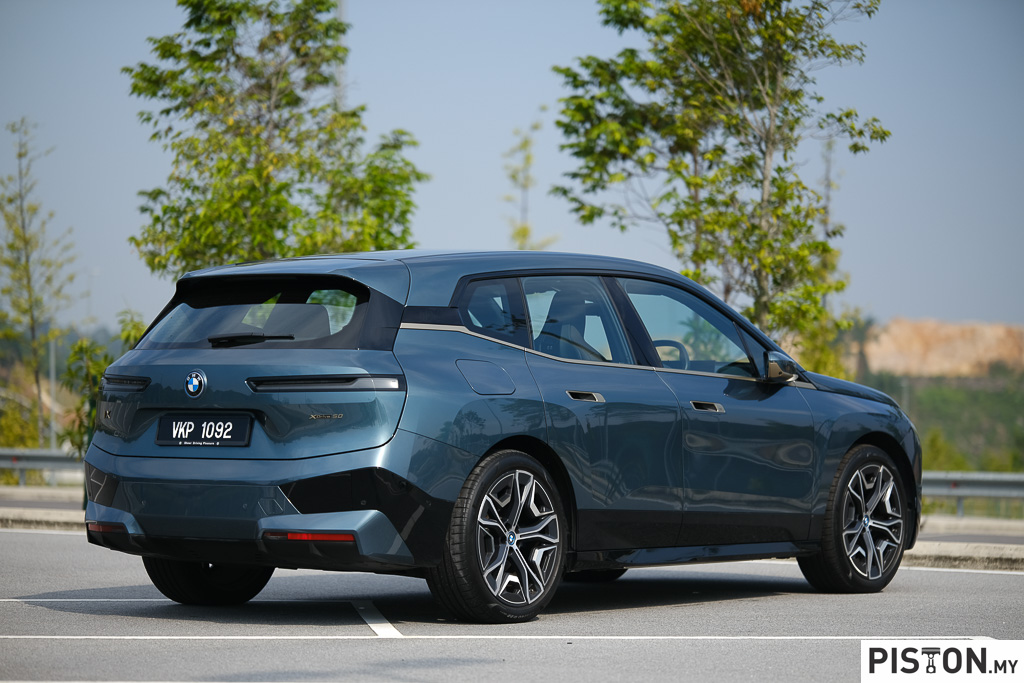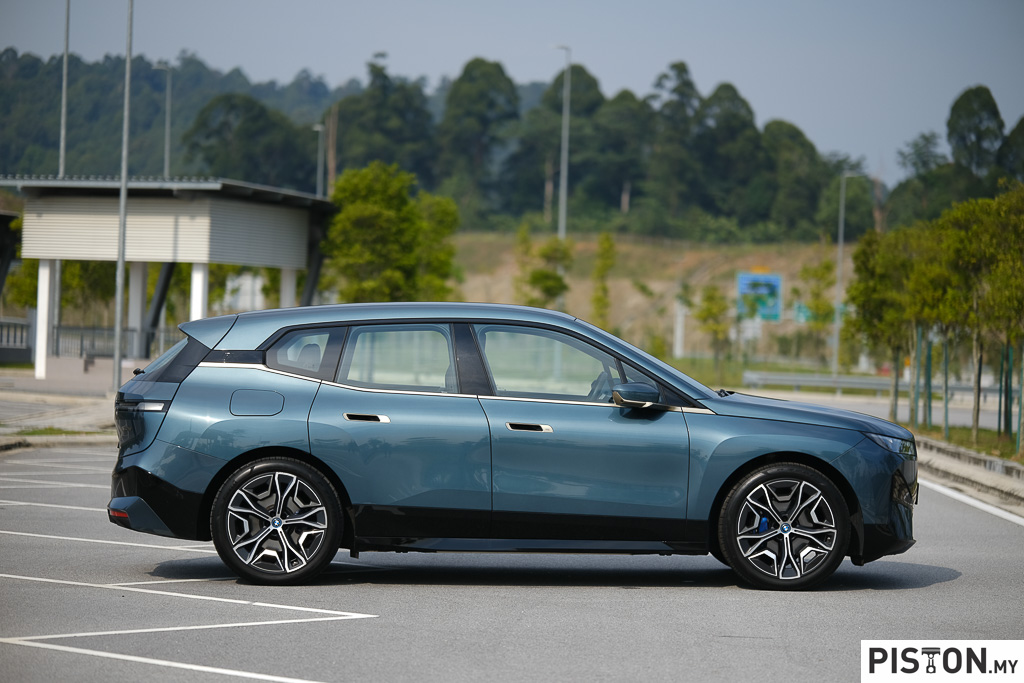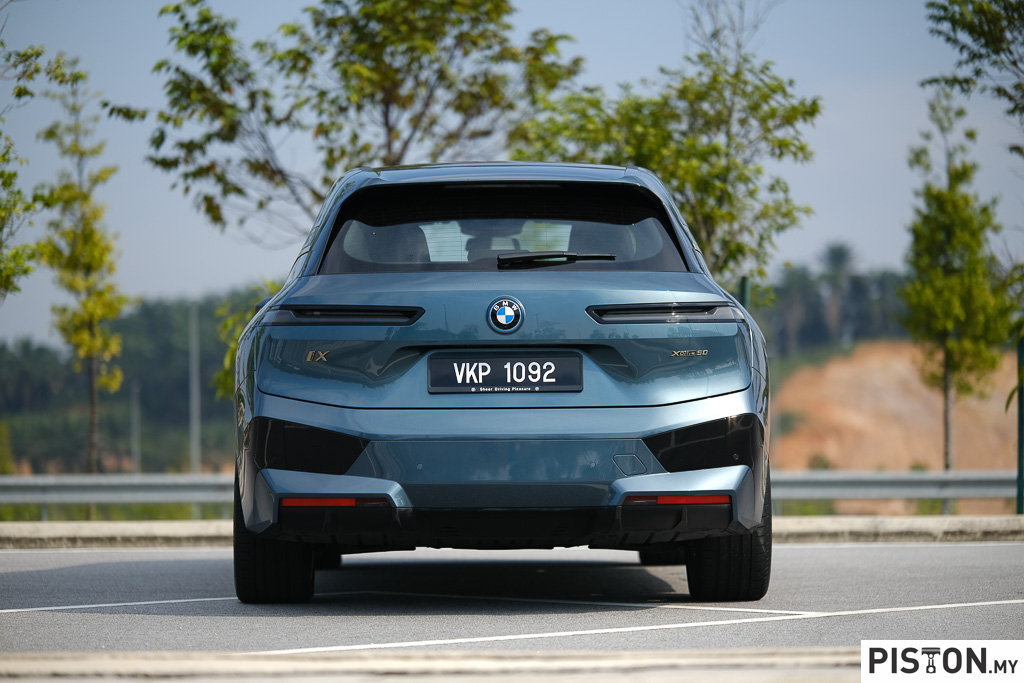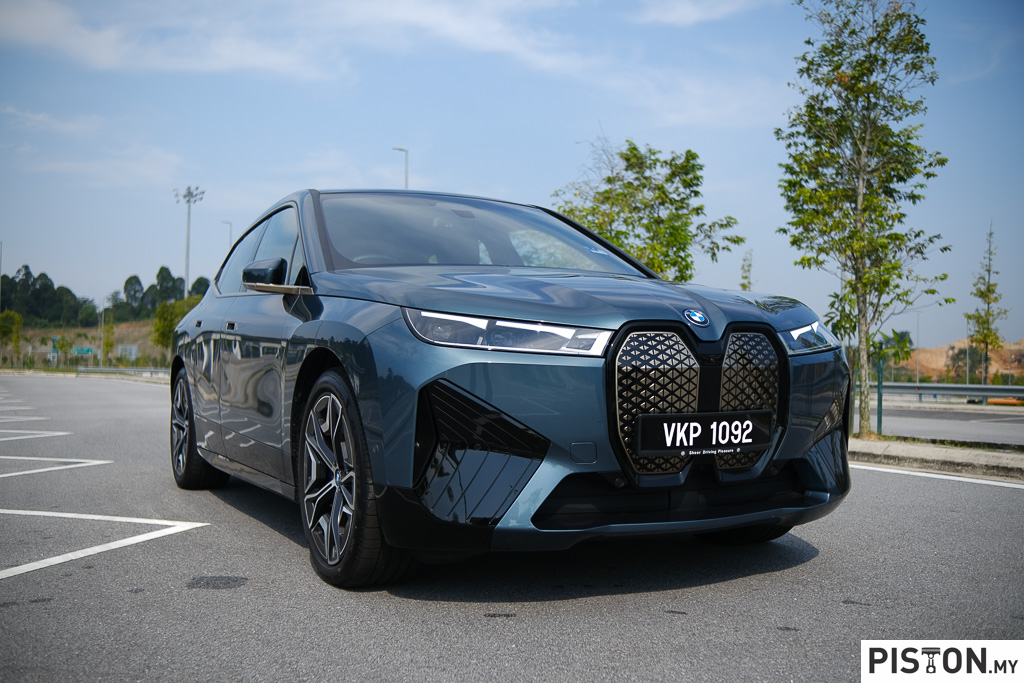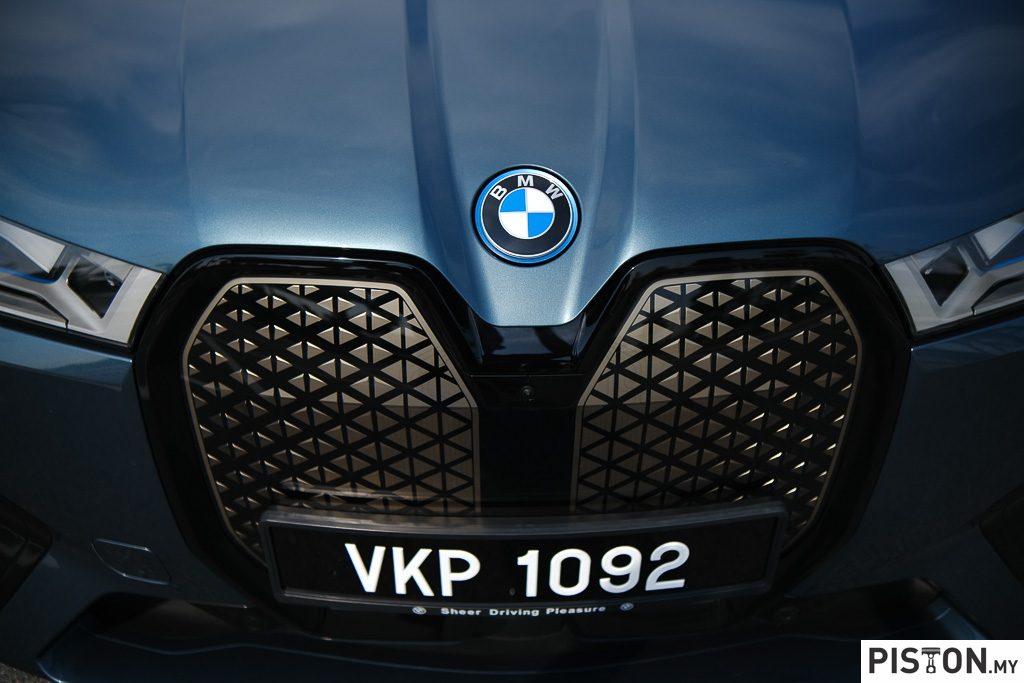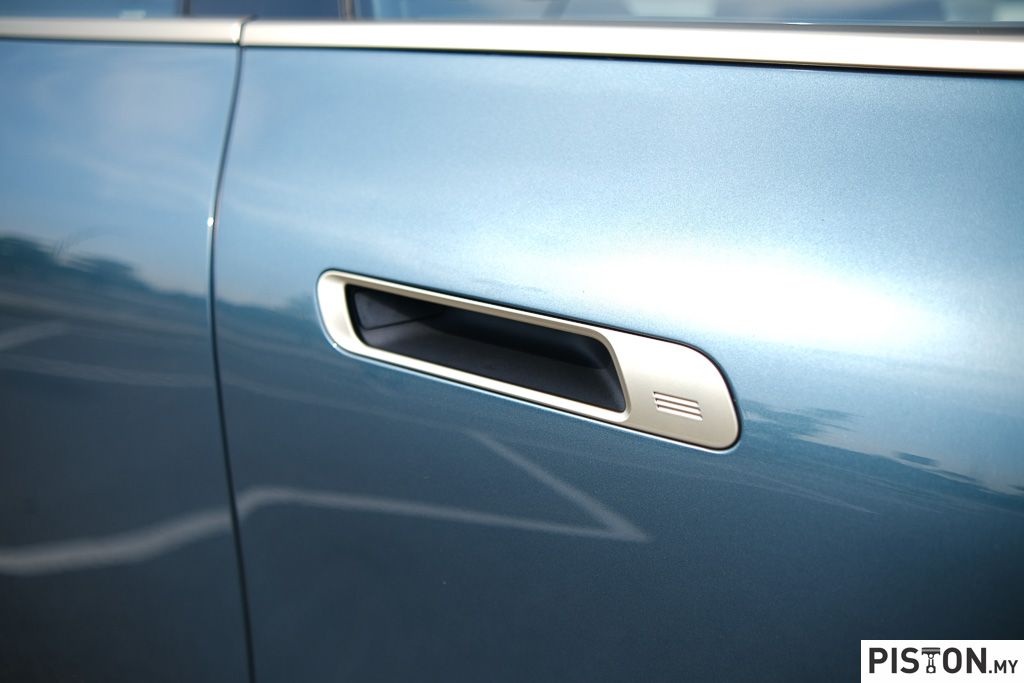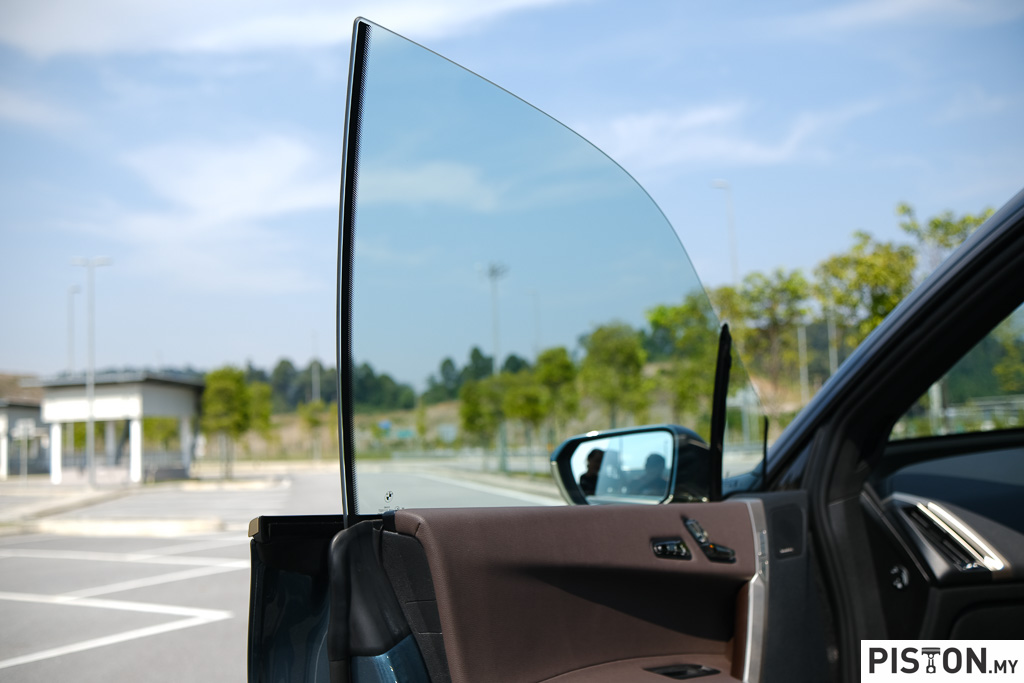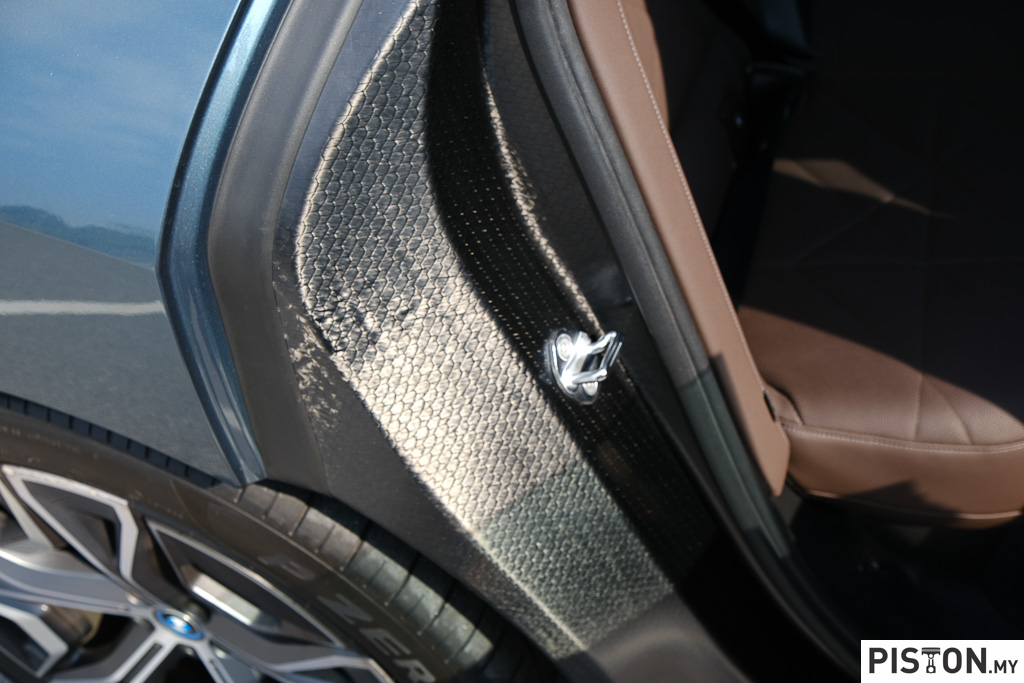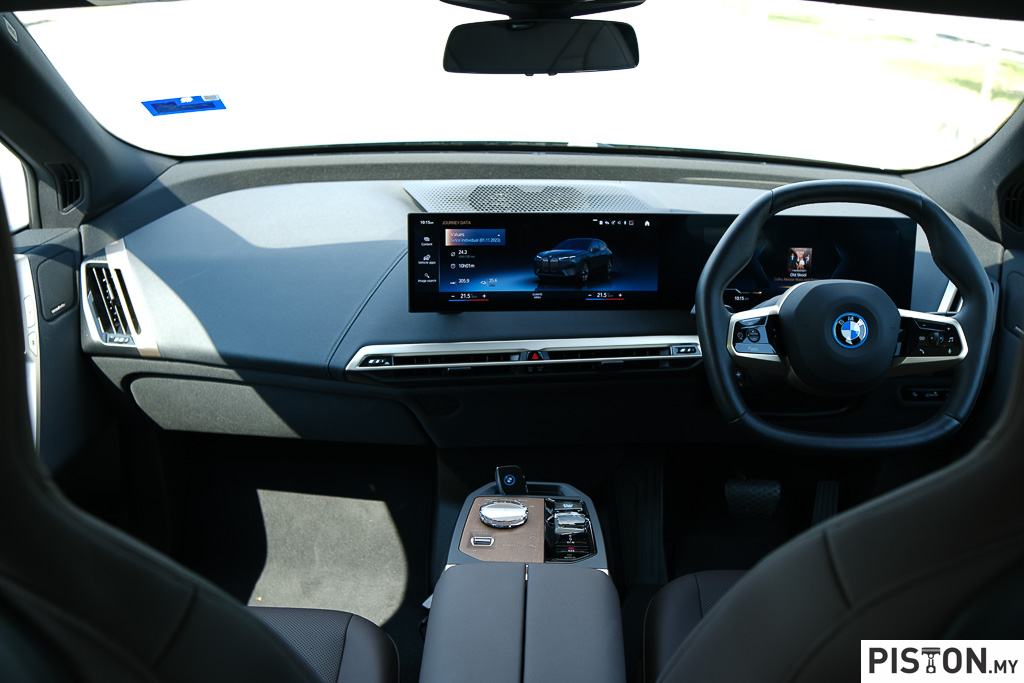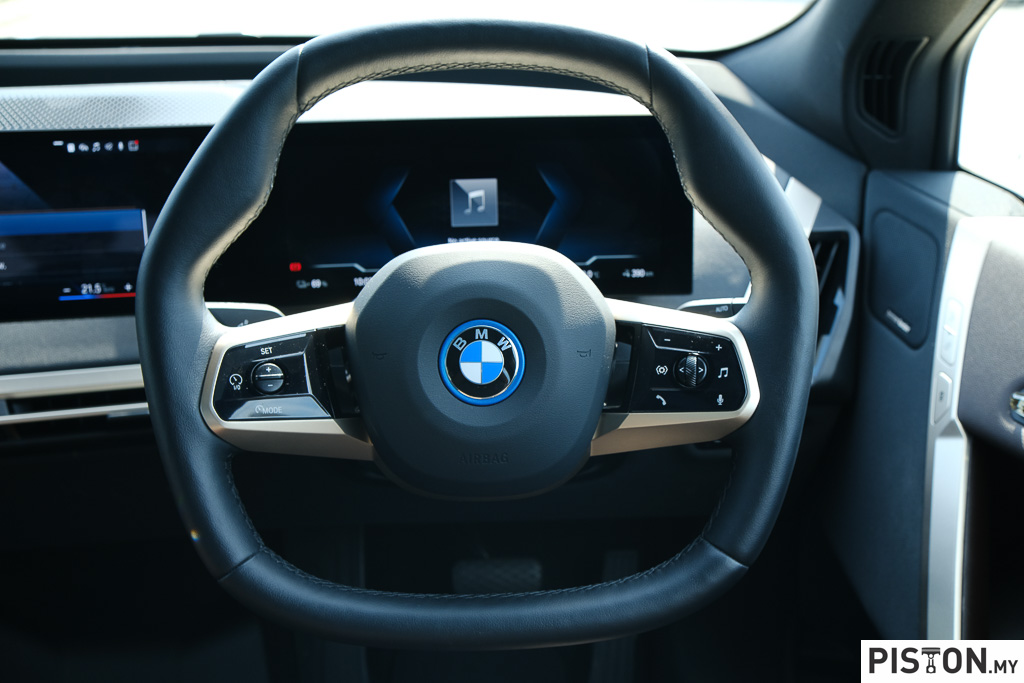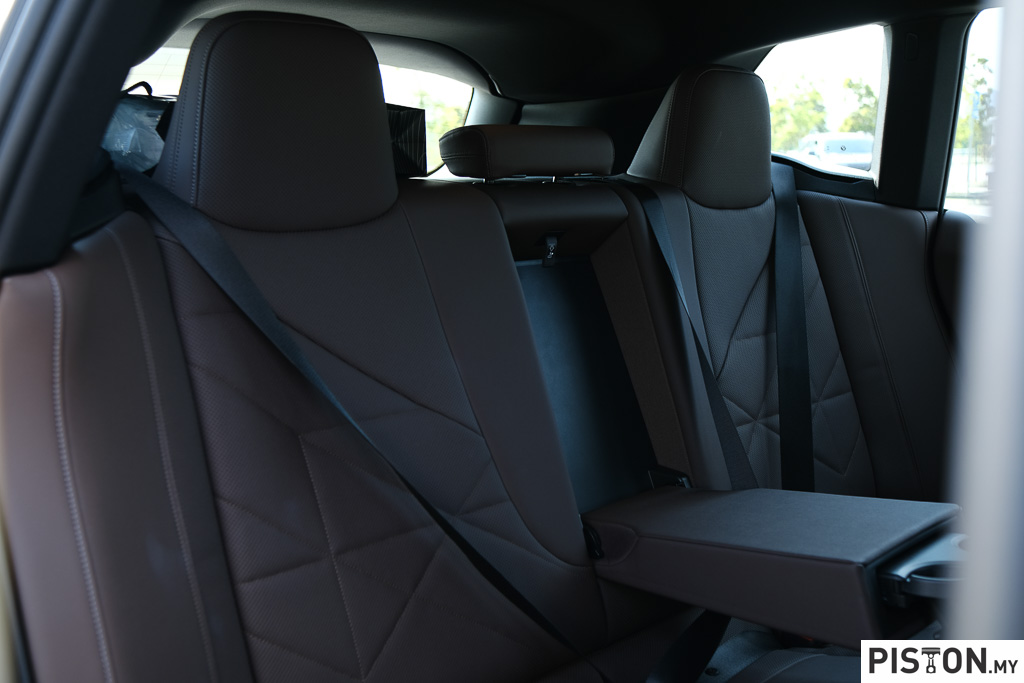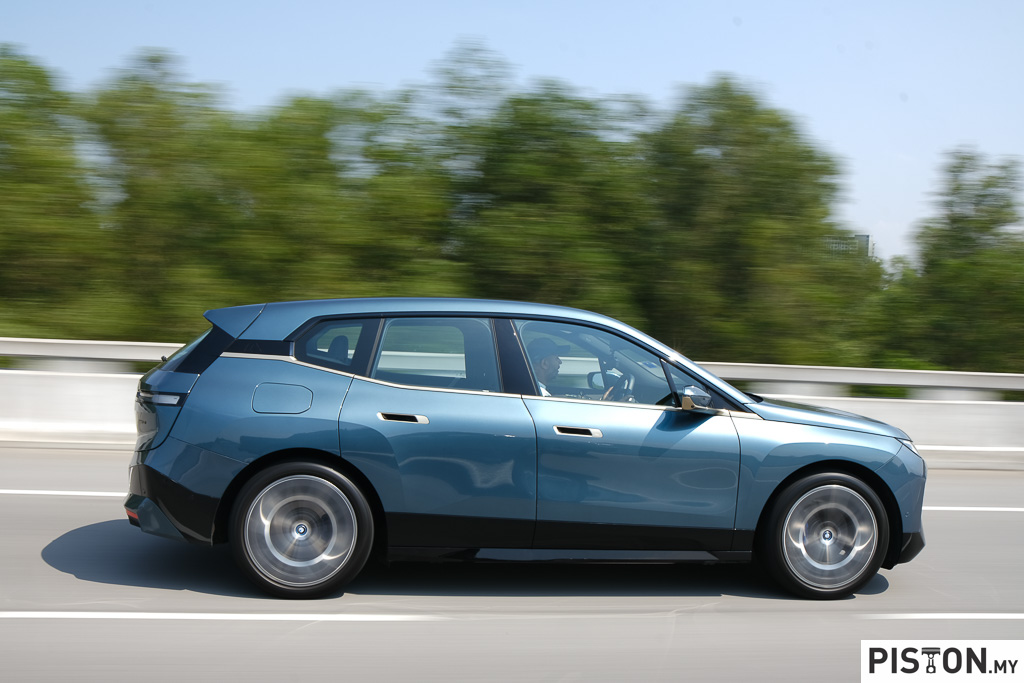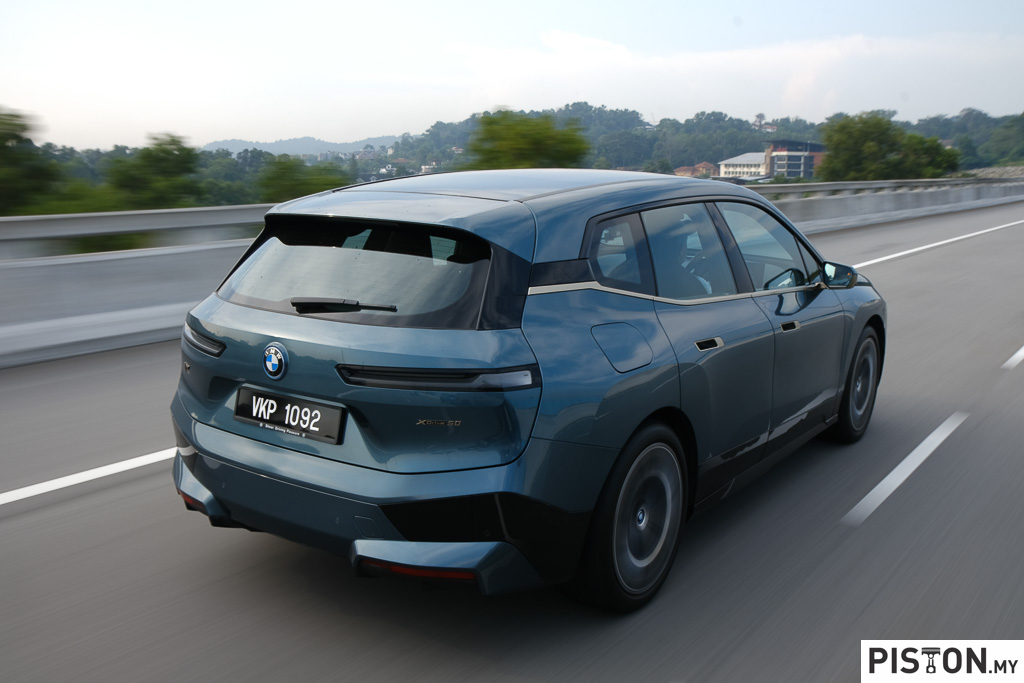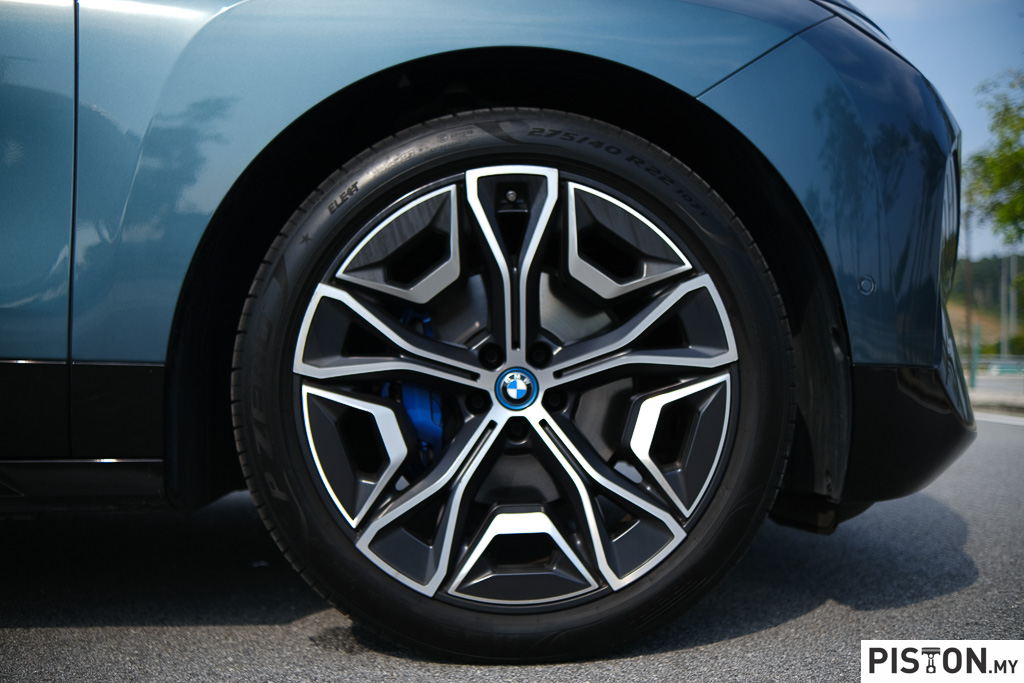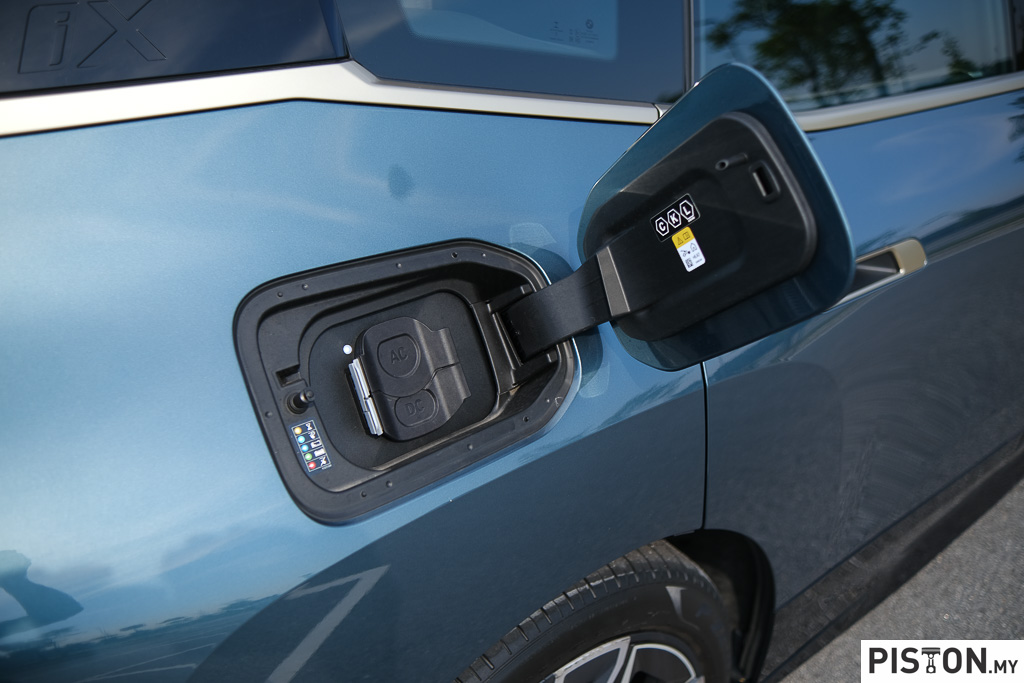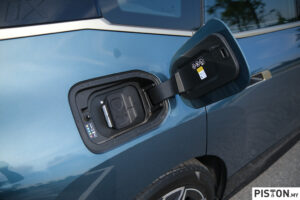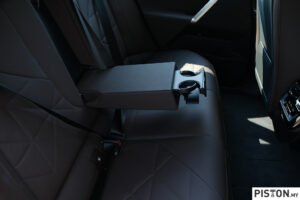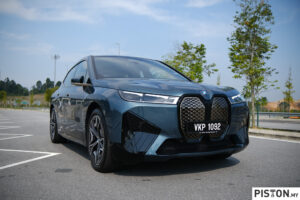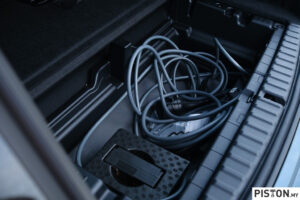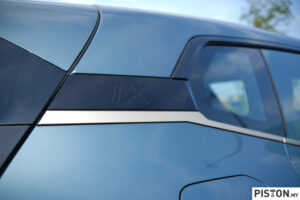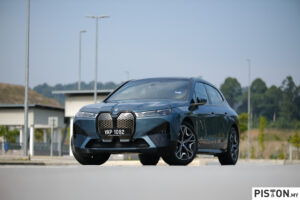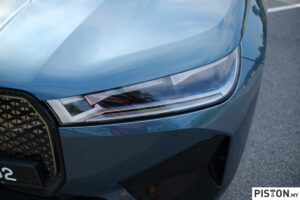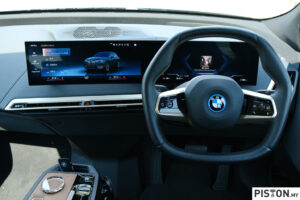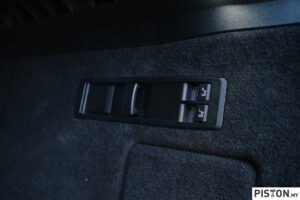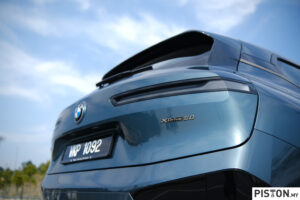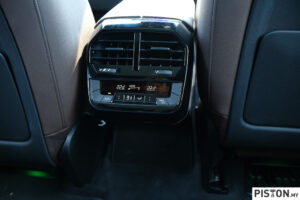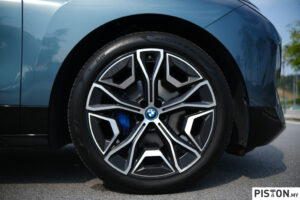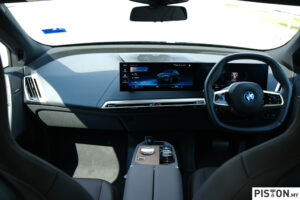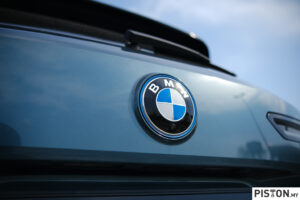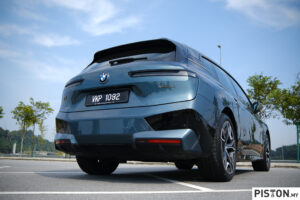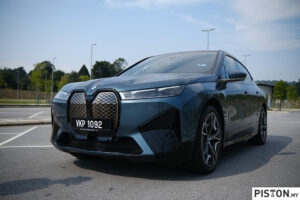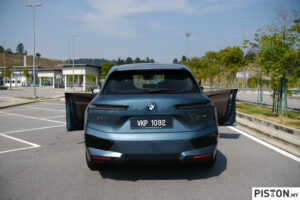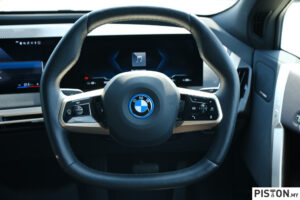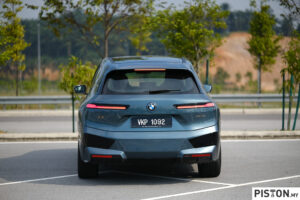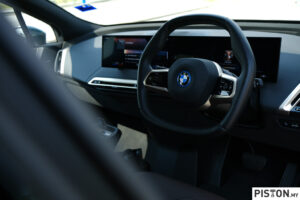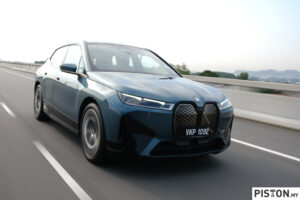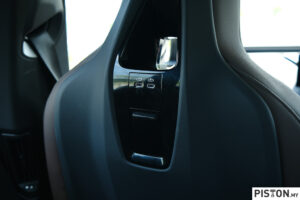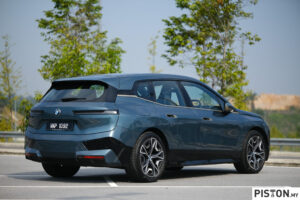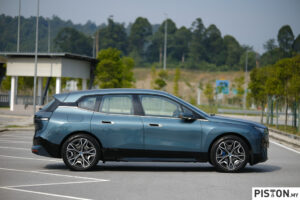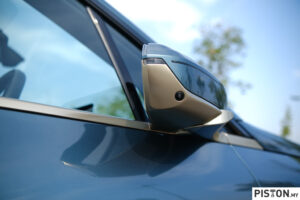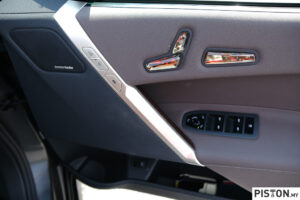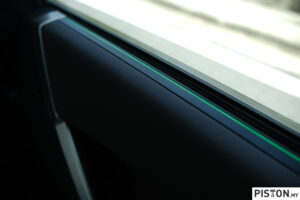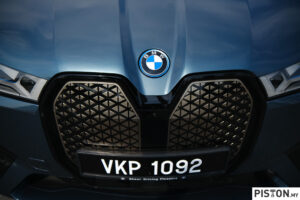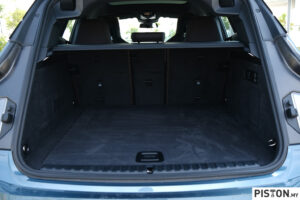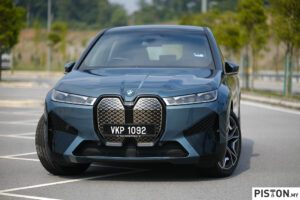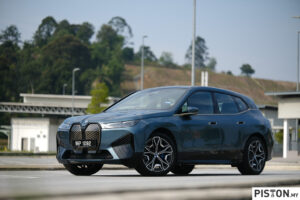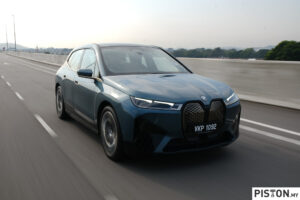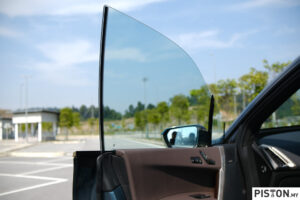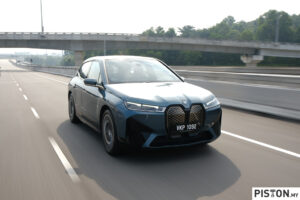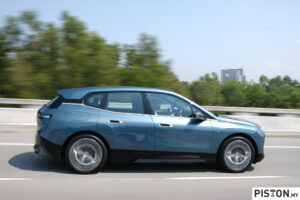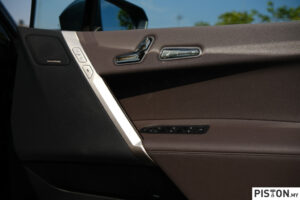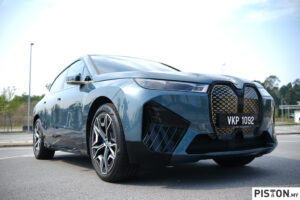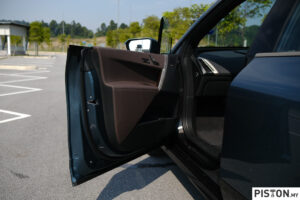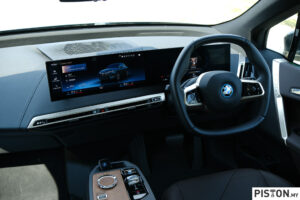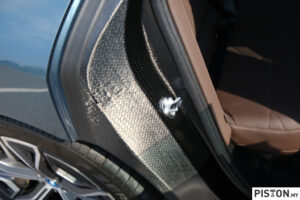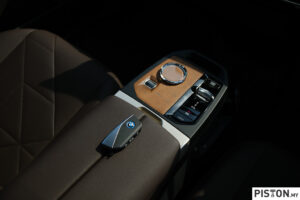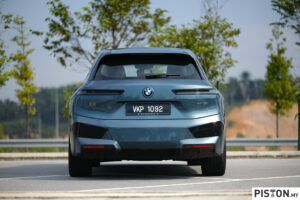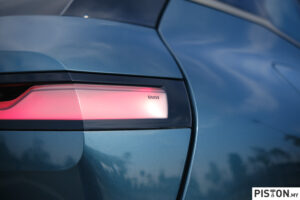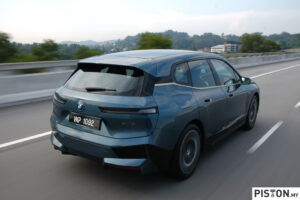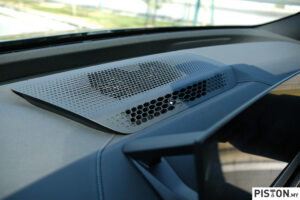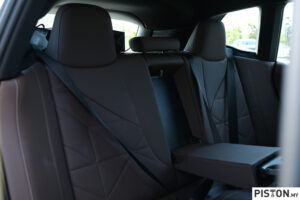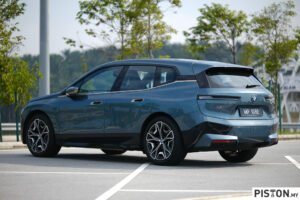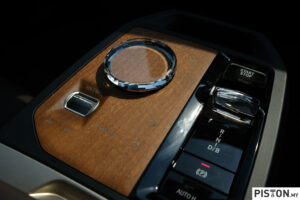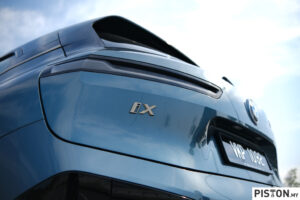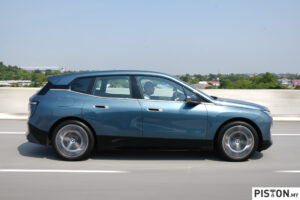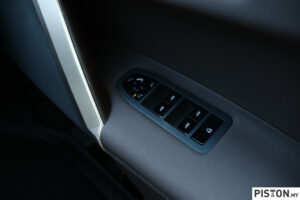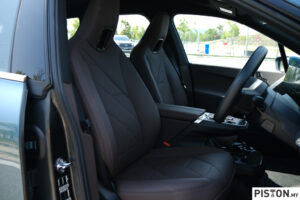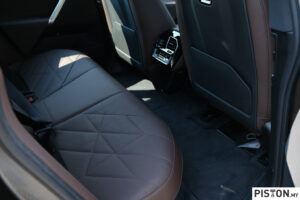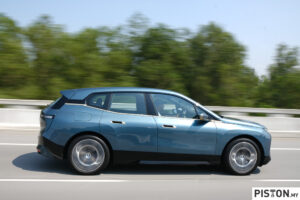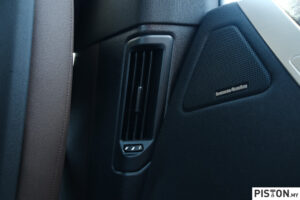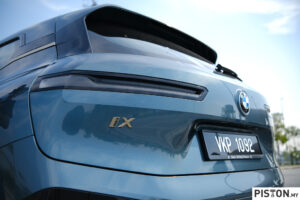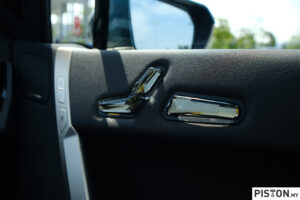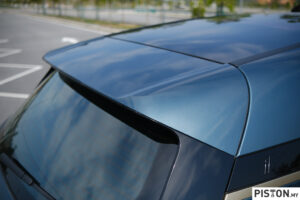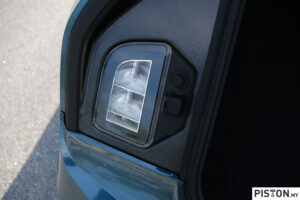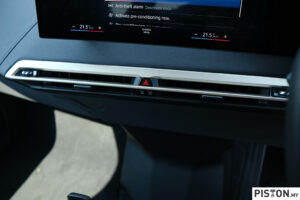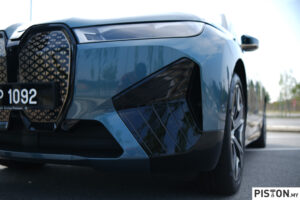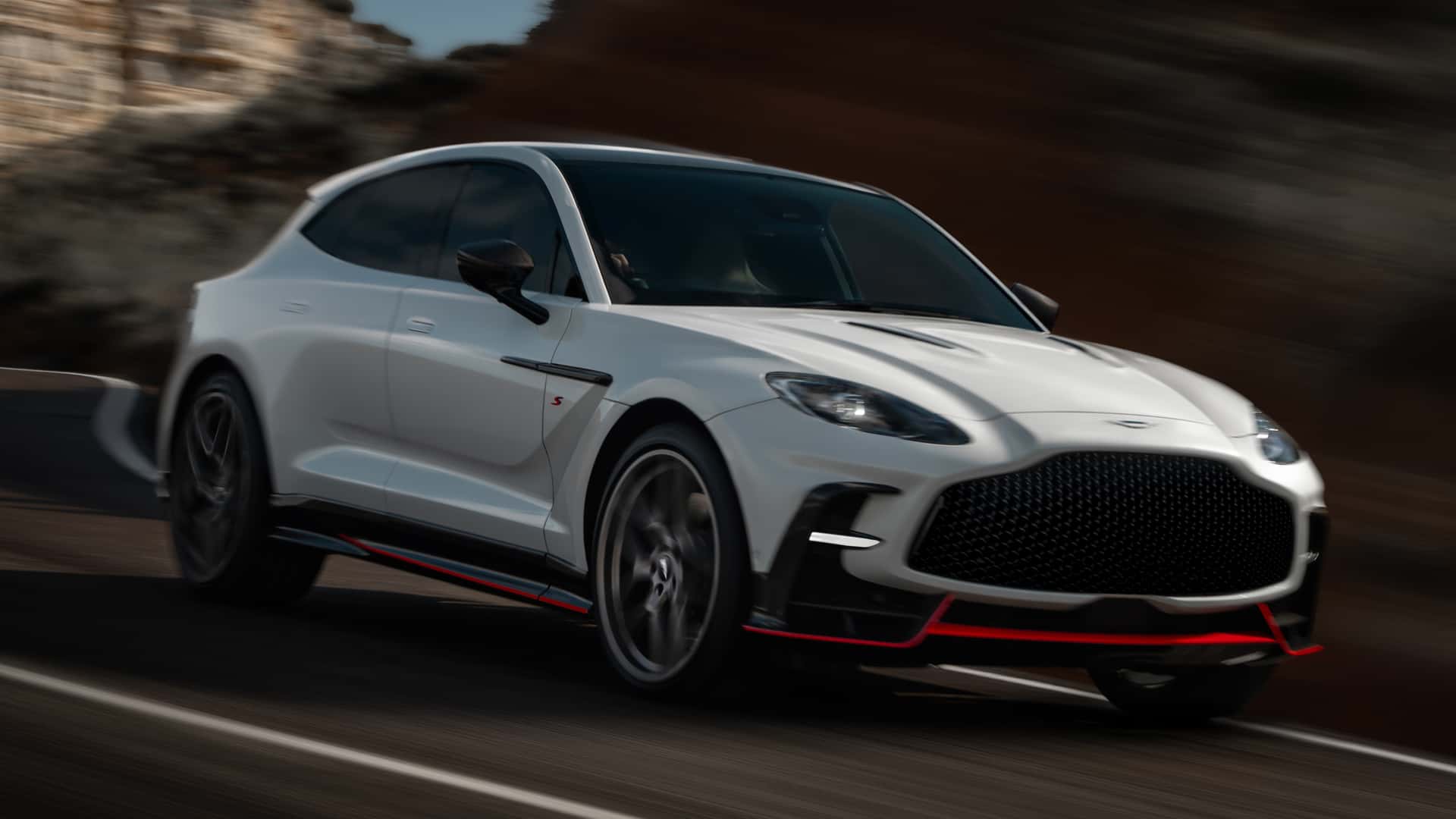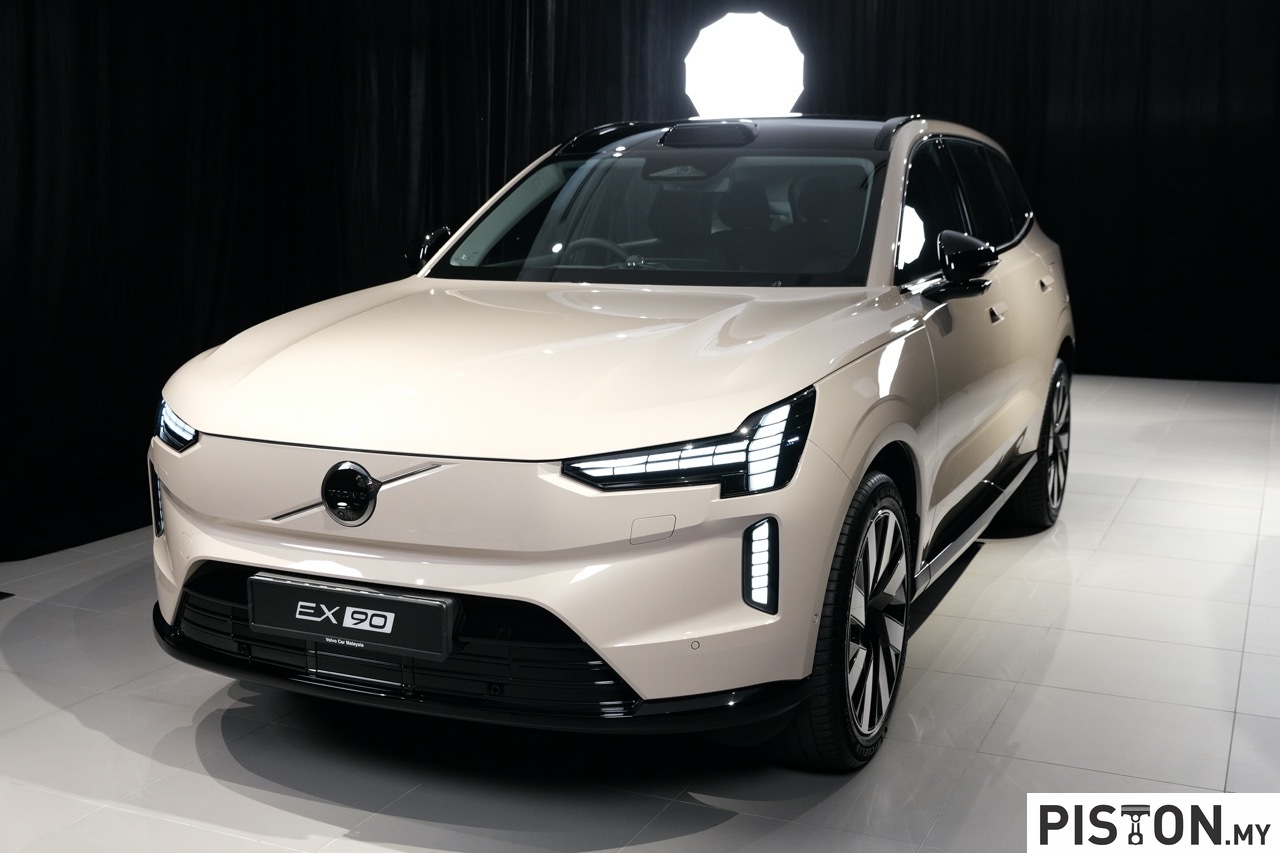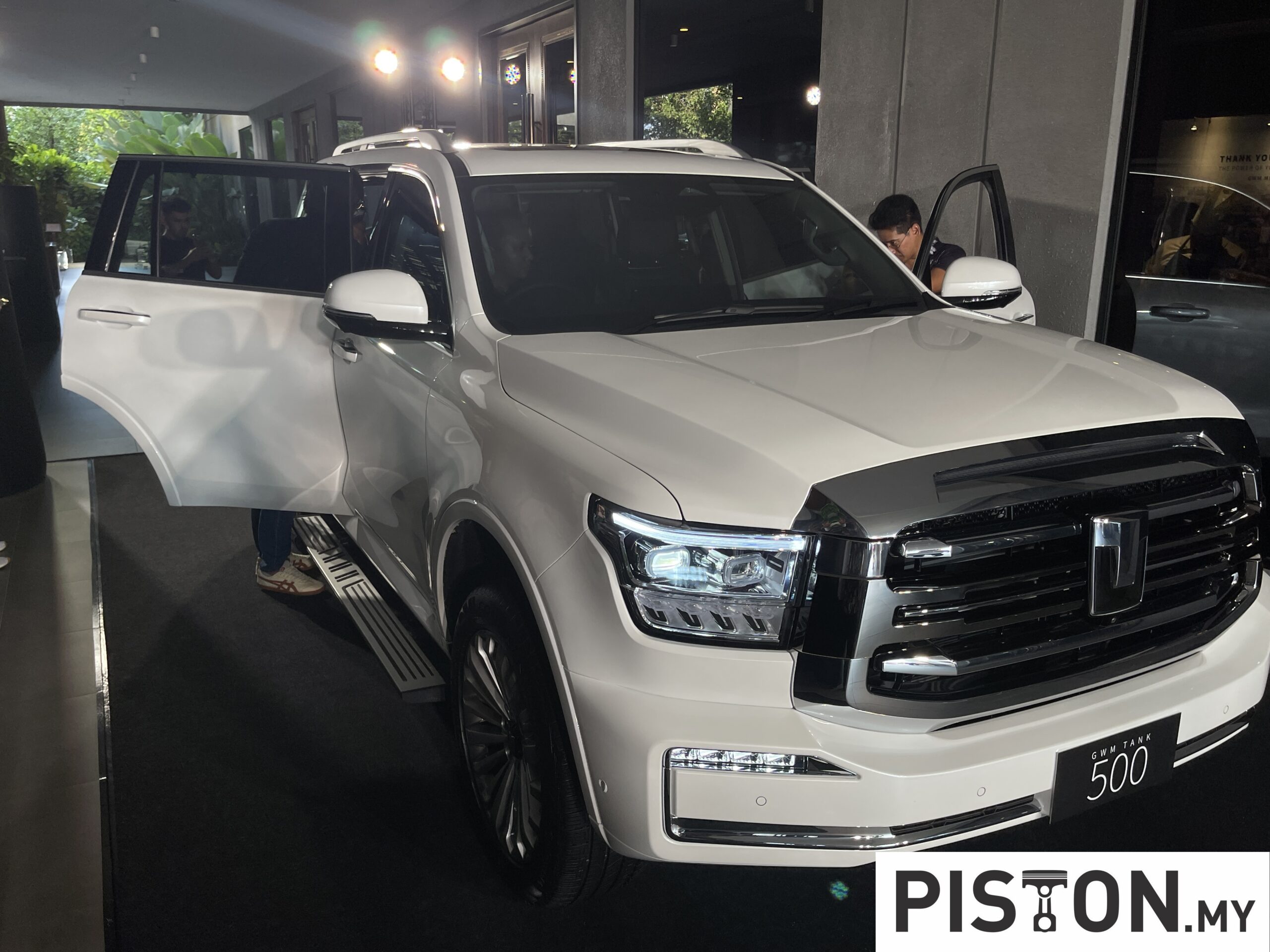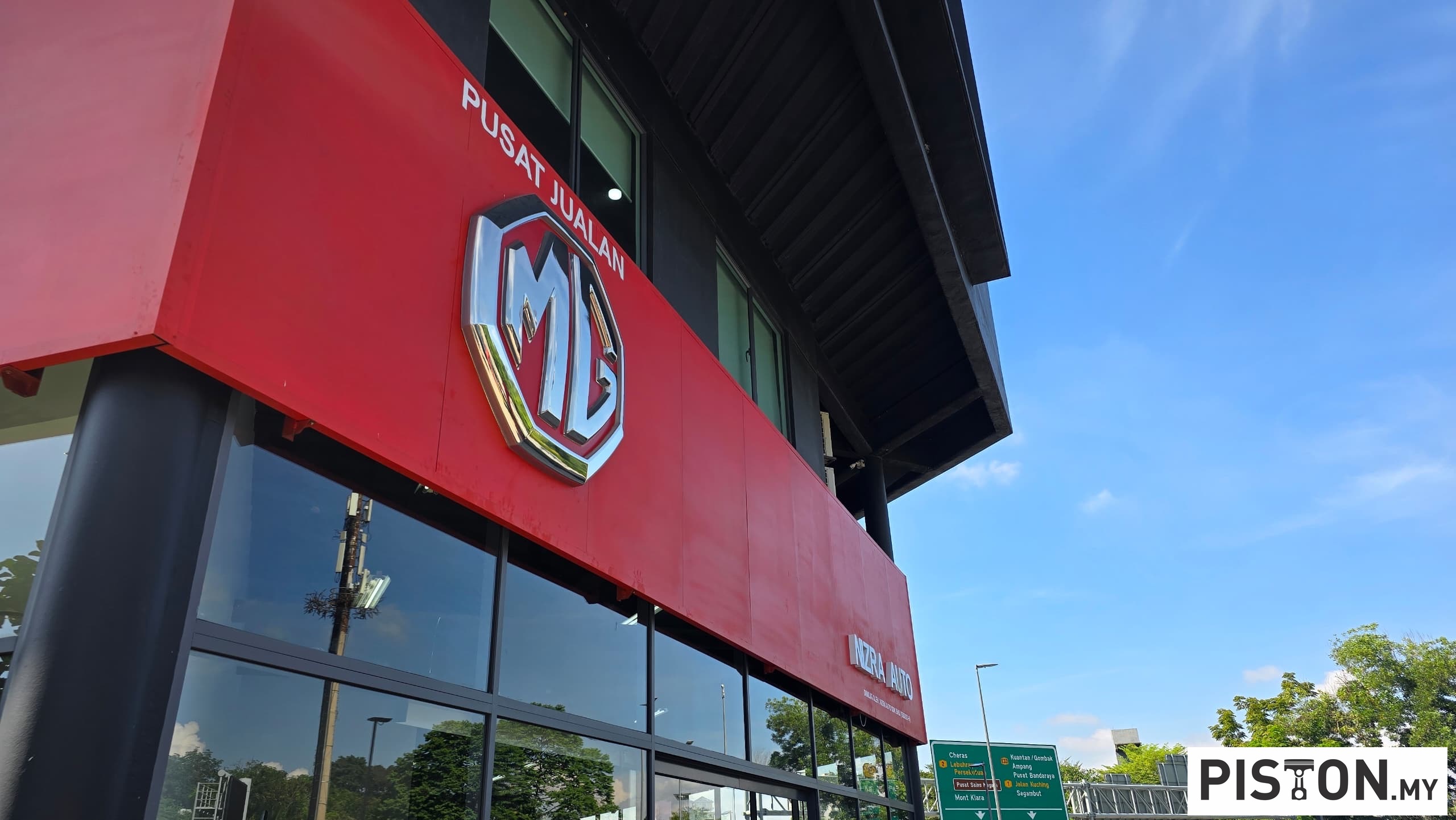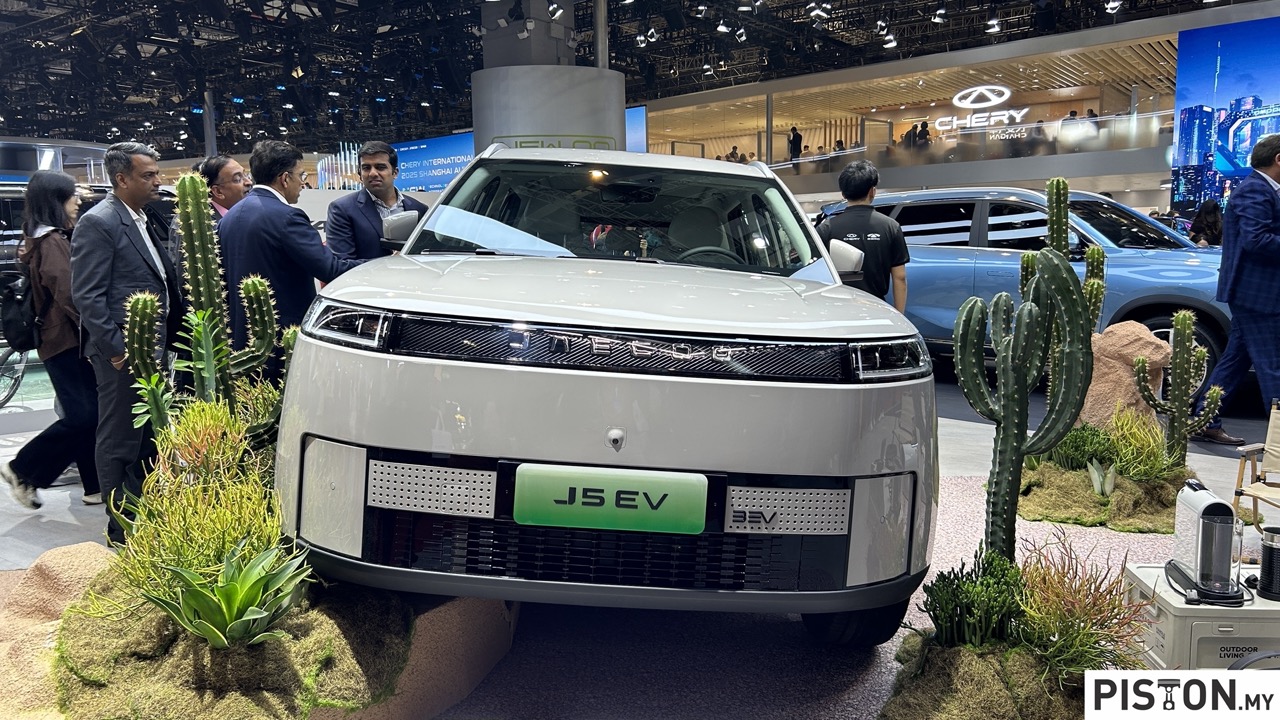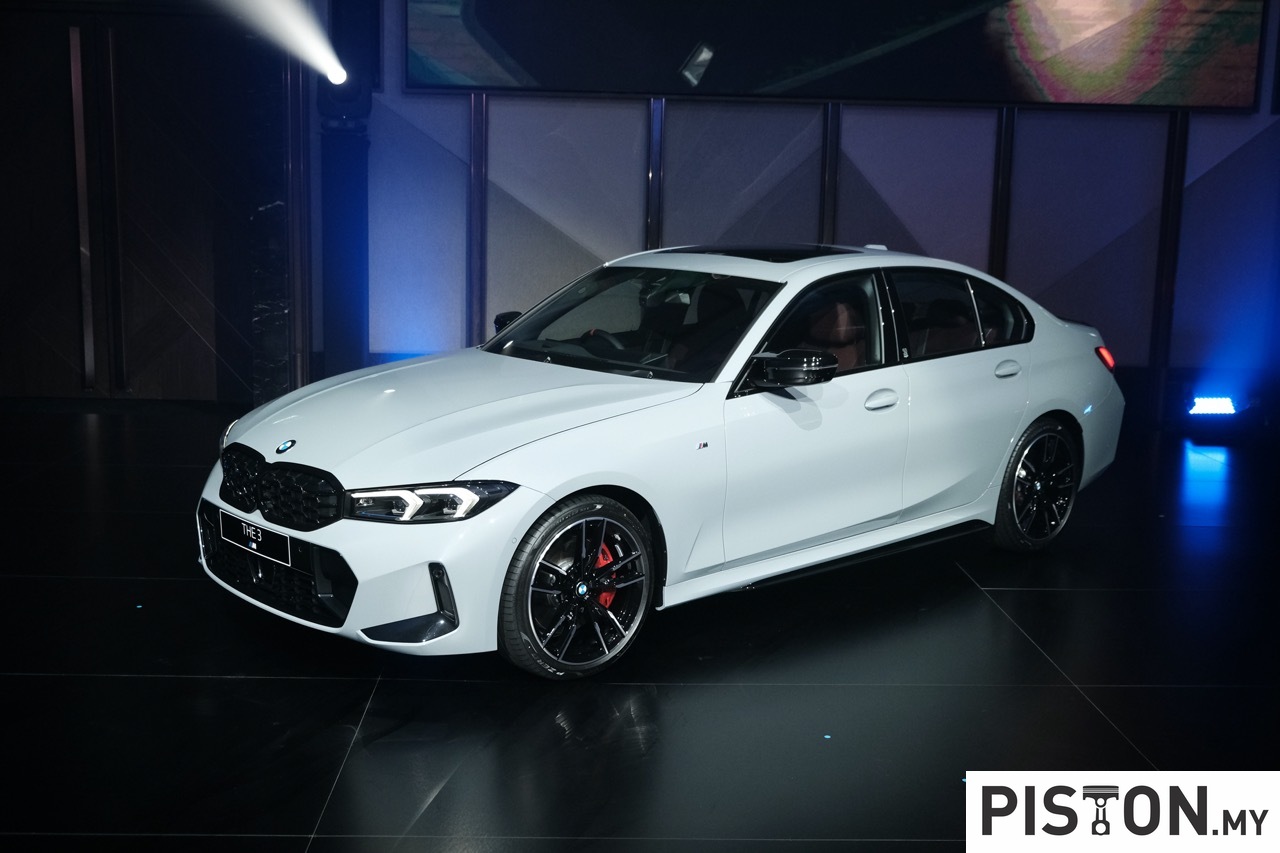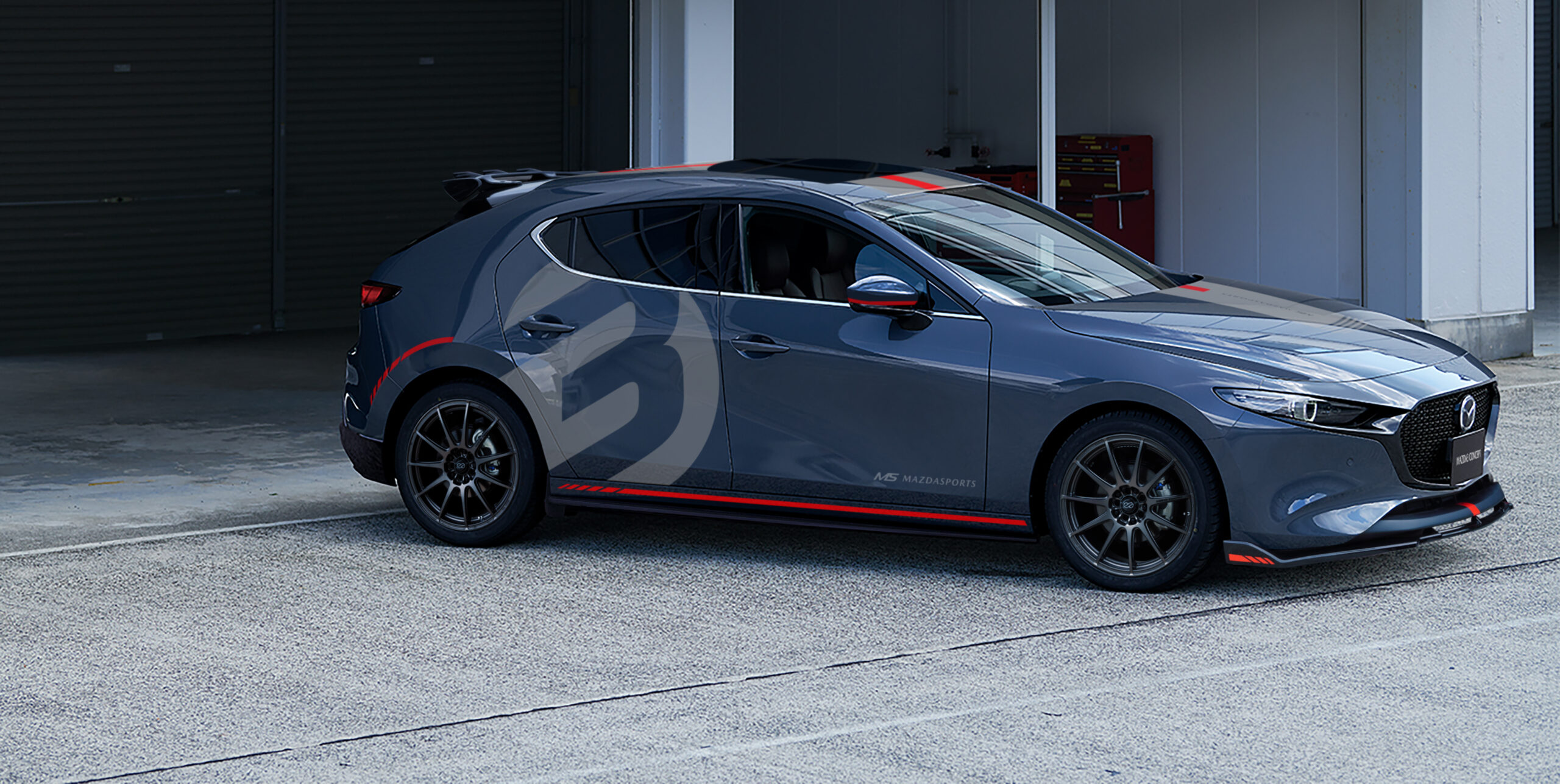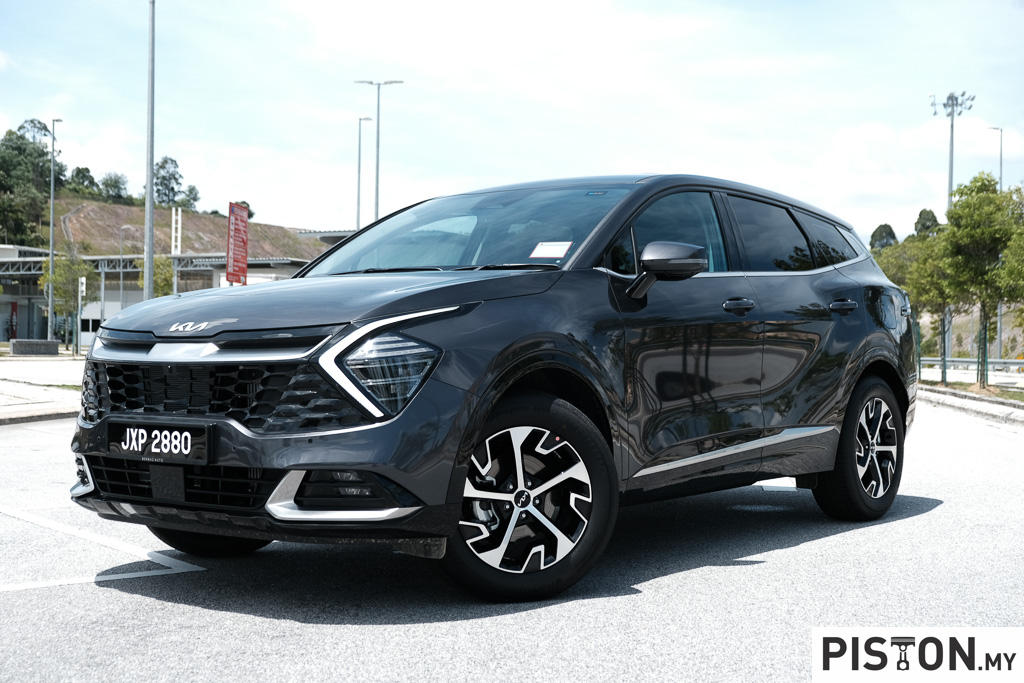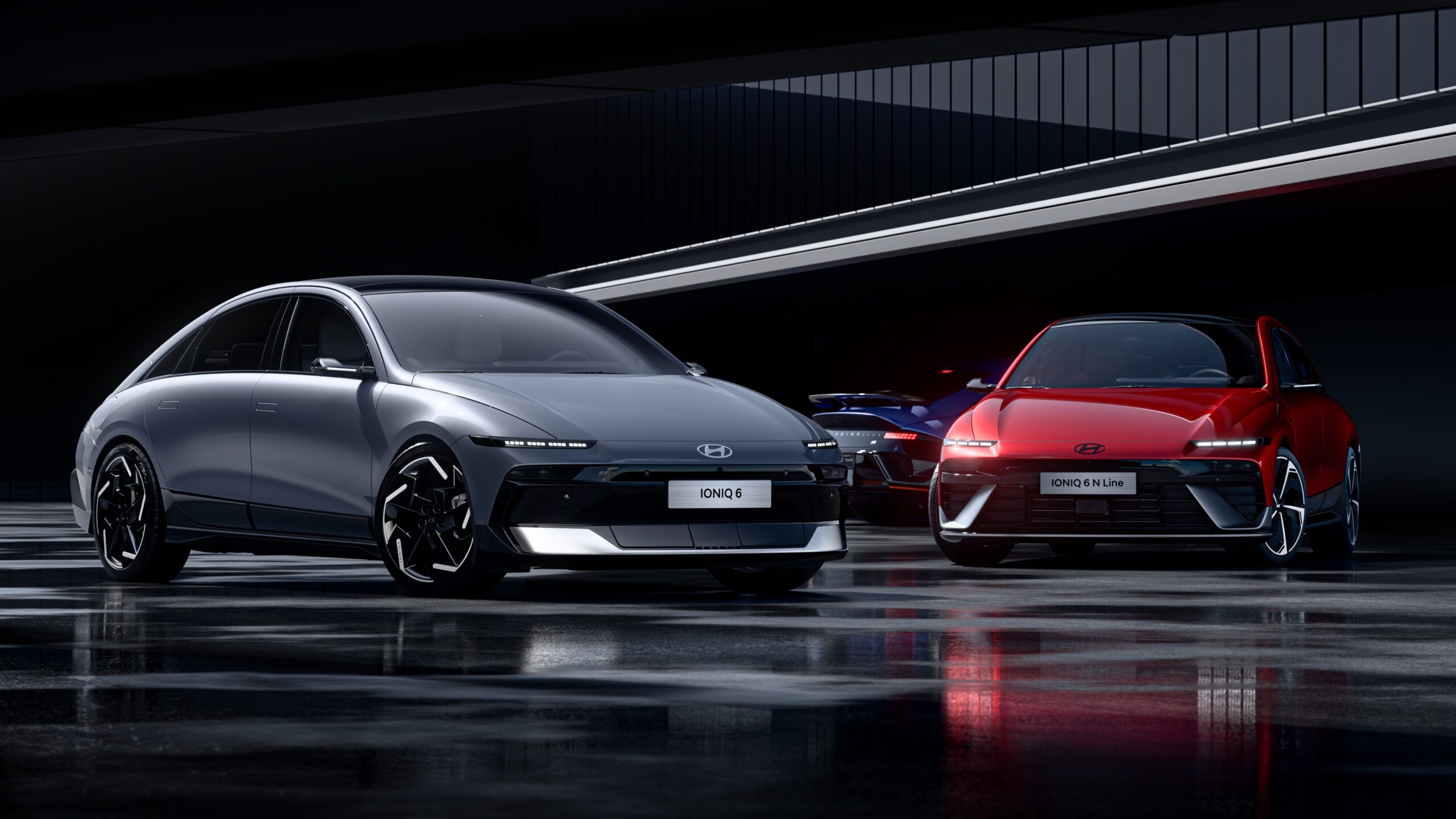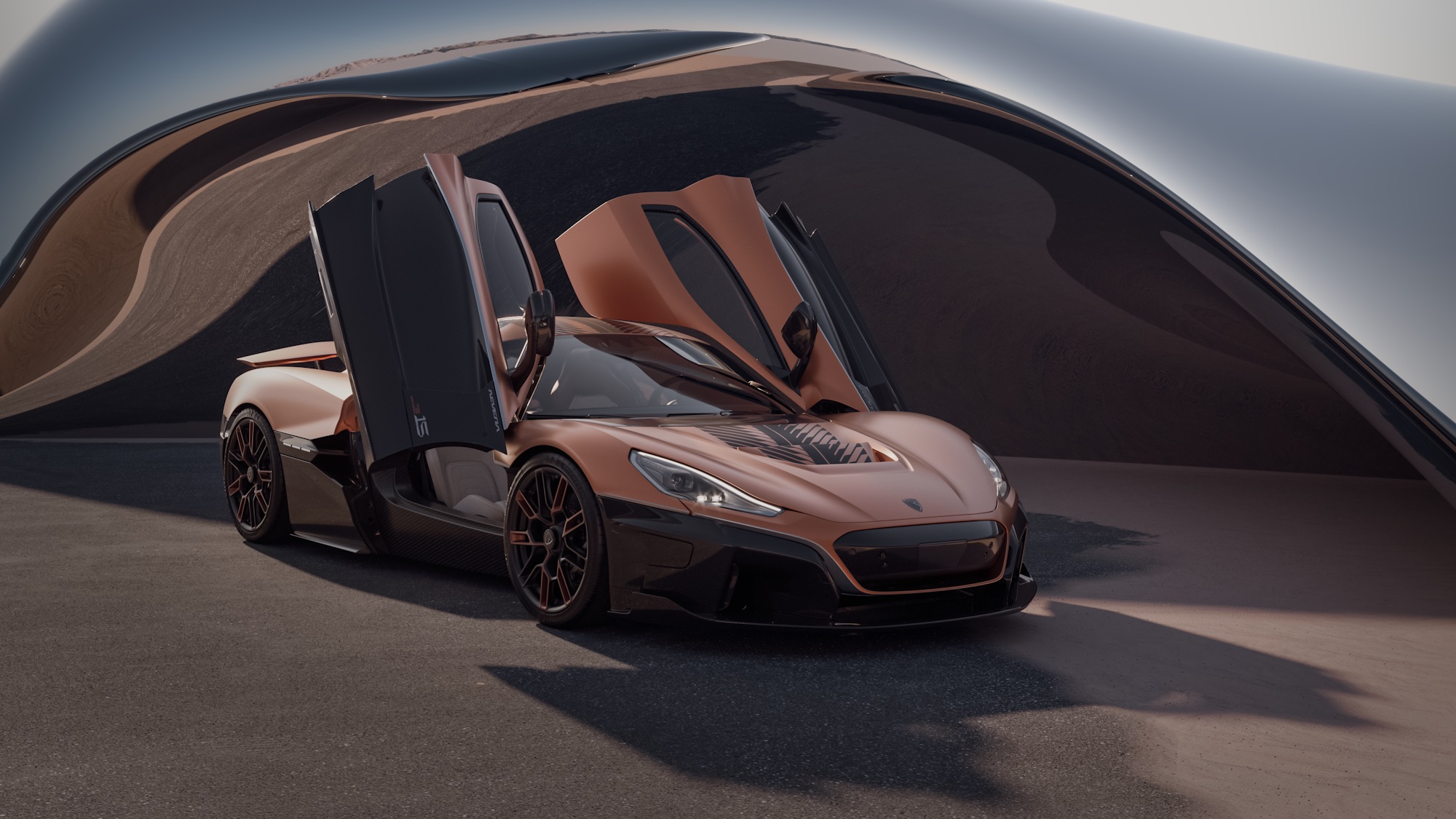Somethings are best left to the experts, so the saying goes. As context, would you allow an electrician to do your plumbing? Or a plumber to do your gardening? Or would you buy char koey teow from a pisang goreng seller? You should get the gist by now.
When it comes to buying cars, it would probably be wise to buy a car from the experts as well. Arguable I know but stay with me.
Elon Musk was recently asked for a response after BYD dethroned Tesla as the world’s largest maker of EV cars, to which he responded, “Tesla is an AI/robotics company that appears to many to be a car company.”
That may be fine by some, but it did not go down very well with me, it seemed like PR fluff to deflect the facts. But I respect that Tesla may recognize itself as more than just a car company. Call me a traditionalist, or a purist, but when it comes to buying or recommending cars, I am still inclined to acknowledge the old guard, and in the case of this article – BMW.
This may trigger some of the modern, younger readers because there are newer car makers that are quite good at what they do. BYD for example has taken the world by storm, and Geely too has done a stellar job, though a lot of that was achieved by outright buying or partnering with some carmakers and then relying on their tech, e.g. Volvo, Lotus and Mercedes-Benz.
But BMW has taken its own approach, one that it has long been known for, good old engineering and technology. It has long built some of the nicest cars to drive and no one can deny that. In the modern world of electrification, BMW has delivered once again.
That is no surprise though, about a decade ago, BMW stunned the world with the i3 and the intrepid i8. Both fantastic cars in their own right that have developed their own cult like following these days.
Those cars provided the foundation, both in terms of design and technology for today’s electric BMW’s. On that note, BMW Malaysia has been on a crusade of sorts to introduce as many electric models as it can, probably to capitalize on the governments incentives that encourage the adoption of electric vehicles.
And the iX is one of its most popular models.
As a backgrounder, the iX was the second purpose-built all-electric BMW after the i3, and is the fourth model under BMW’s i sub-brand.
In terms of sizing, it is similar to the X5, but it has its own unique design, which I must admit to thinking it was hideous at first but has turned out to quite handsome over time. It does not try very hard to be something unique and the simplistic design elements have worked in its favour.
The design though is not just visually pleasing, but it is also functional. The design of the iX is completely bespoke and is not shared with any other BMW model, and its aerodynamic elements such as the front, rear, the sealed underbody, and wheel areas are said to add over 65km to the car’s overall range.
Up front the gigantic faux grilles which were once criticized for being too large and ugly have also been charmed by time.
The plastic grilles are flanked by BMW’s Laserlight headlamps that are widely regarded as some of the finest in the business. These laserlights require 30 percent less energy than LED lights and are able to illuminate up to 800 metres ahead, providing maximum visibility in the dark.
The model we drove is the iX50, which is now the middle-child of the entire iX range in Malaysia. Though largely the same in terms of aesthetics and trimming, it has some distinguishing features such as the beautiful 22-inch aero wheels that hide 17-inch brake callipers that are finished in blue colour.
There is also a gold coloured feature that hugs the shoulder line of the car and is reminiscent of the monstrous XM model. This is how you can visually tell the iX50 apart from its lesser siblings.
There’s plenty about the iX that is unique, even the door handles, or rather a lack of them. The doors are not opened by tugging on to handles in the traditional sense, in fact the handles are replaced by recesses in the door. The doors are opened using electronic openers which operate at the touch of a button located inside that recess.
Once you open the door you will notice that the doors are frameless, a feature only seen in coupes not too long ago, and still look stunning.
Then before you step in, the other thing you may notice is the exposed carbon-fibre that makes up the passenger cell.
The body structure of the iX is made of aluminium, but there are parts of the body that are made of carbon-fibre reinforced plastic (CFRP) and continuous fibre-reinforced thermoplastics (CFRTP). Parts such as the side frame, rain channels, roof frame, cowl plane and the rear window frame are all made of these two exotic materials.
Together this form something BMW calls the ‘Carbon Cage’. Using this instead of conventional steel shaves five kilograms off the overall weight of the car and adds stiffness and also improves range.
Inside, a spacious, minimalistic interior greets you. It does not do much to take your breath away, in fact you might be underwhelmed at first. But then you notice that the gear knob, iDrive controller and seat controls are made of real crystal glass, the same material that some chandeliers are made of.
The centre panel on the other hand has an elegant piece of open-pore walnut wood trim that reminds you that this is a car made with environmental conservation in mind. There is a bit of contradiction here though – shouldn’t environmental conservation mean that trees should not be cut down to be made into automotive trimming? Of course! That is why BMW only works with FSC-certified wood to ensure that forests are protected the way they should be.
Up ahead of you is BMW’s latest generation Live Cockpit Professional system that includes a 12.3-inch digital instrument cluster and a 14.9-inch central touchscreen system that houses all the controls, navigation and entertainment. These screens are not only massive but are also impressively slim, and they curve according to the curvature of the dashboard.
The iX is also the first BMW to be fitted with a hexagonal steering wheel. The reasoning behind it is that the polygonal geometry makes it easy to switch between automated and active driving. It is not only designed for convenience but also practicality, the flat top makes it easy for the driver to look past the screens as well for the all-important eyes-on-road driving.
Even the rear passengers will find the interior to be a special place. The iX offers a lounge-style ambiance at the back and the omission of the centre tunnel offers plenty of legroom. The sense of space is further complemented by the skylounge panoramic glass roof that boasts electrochromic shading functionality.
The panoramic roof is not only the largest glass roof fitted in a BMW, but it can shield the interior from direct sunlight at the touch of a button. If you want some light, the roof becomes translucent at the touch of a button, and if you want some privacy, you can simply press that same button and it blocks out everything in under a second. It felt great for the four days that we had the car, but some owners complain that it can be quite warm, saying that a physical shade would work better.
The most important thing about the iX50 is what it offers in terms of performance and range. And though it costs about RM143,000 more than the base iX40, the interiors of both cars are largely the same. The real difference is what powers the car.
Differentiating the iX50 is a bigger 111.5kWh battery and more powerful motors. It has a total system output of 523hp and 765Nm of torque. And despite weighing over two and a half tons, it is capable of some blistering performance – seeing off the 0-100kmh sprint in just 4.6 seconds and tops out at an electronically limited 200km/h.
And though it has more power and performance, it also has better range than the base model. The iX50 has a WLTP range of 630km while the base only has 425km.
The way the iX drives is also an occasion by itself, you are mostly cocooned in silence at regular speeds but as soon as you put your foot down, BMW’s Iconic Sounds takes over and makes you feel like you are driving a hugely powerful four-wheeled banshee.
It also handles impossibly well, which is quite a feat considering that Malaysian iX models do not have the dual-axle air suspension feature that is available in other markets. But you won’t miss it as the standard suspension already does a brilliant job at absorbing everything that Malaysian roads can muster.
And when it comes to charging the iX50, you can do that in just 35 minutes using a DC fast charger or 10 hours and 45 minutes with a 11kW AC wallbox charger.
The BMW iX50 is undoubtedly one of the finest electric cars there is in the market right now, but at RM528,430 (without the extended warranty option), it is also not cheap. But it has a lot to offer for that price in terms of tech and performance that it almost seems worth paying for.
So, considering that a full spec Tesla can nudge RM300,000 and some of the better EV’s are in the RM200,000 region, you just have to wonder if it is perhaps worth saving up to put down a heftier downpayment, so that you can drive around in what is one of the best electric cars to date rather than others that offer a lot but don’t particularly excel at anything.
Specifications:
Motors: Dual Electric
Power: 523hp
Torque: 765Nm
Range: 630km (WLTP)
Charging: 0-80% in 35 mins with DC / 0-100% in 10 hours 45 mins with11kW AC charger
Price (as tested): RM528,430 (without extended warranty program)




